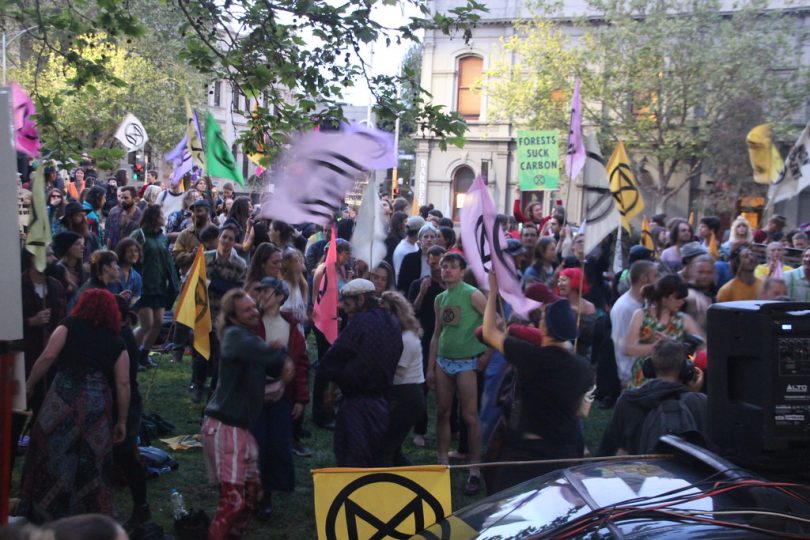Climate anxiety is high
74 per cent of Australians are worried about climate change, according to a poll by the Australia Institute. With floods, wildfires, and other extreme weather events increasing in frequency and intensity across Australia and the globe, it makes sense as to why.
Scientists have long cautioned about the dangers of environmental mistreatment. But as concerns grow, the number of environmental protests in Australia seems to be shrinking.
Environmental Protests In Australia By Year
Beautiful, easy data visualization and storytelling
Are protests on the decline?
Environmental protests were gaining traction in Australia during the early 2000s. Associate professor Simon Batterbury of the University of Melbourne attributes this to the success of the Greens in government and the prominence of climate issues in the media.
“We were on a roll when the Greens were under the leadership of Bob Brown because he’s such a charismatic figure,” says Dr Batterbury.
Senator Brown was elected on the Tasmanian Greens ticket and his influence in the region shows. Despite having less than three per cent of the Australian population, Tasmania held 18 per cent of environmental protests from 1997 to 2017.
In 2011, when protest rates were at an all-time high, so was Australia’s National Environmental Condition Score — a 9.5 out of 10. But both numbers dropped in the following years.
“We went into a lull under liberal right wing regimes,” says Dr Batterbury. He also blames the decline on lack of coordination, less effective leadership, and political scandals within the Green party.
Although data is lacking, protests likely jumped back up in 2019 as Australians took part in the international climate strikes. That same year, Australia’s Environmental Condition Score was at a shocking low of 0.57.
Environmental Protests Per Capita 1997-2017
Beautiful, easy data visualization and storytelling
The future of activism
When the COVID-19 pandemic hit, it took a toll on activism. Dr Batterbury says coordinated actions, especially those led by universities and other education facilities, have been “laid to waste” by lockdowns and curfews.
“I have an 18-year-old myself and he is mainly motivated by finding and keeping a job, not by climate and green actions.”
He says that rather than social justice, “planetary limits” — boundaries on how much the earth can handle before it becomes inhabitable — are now at the forefront of the conversation. Though he believes protests will increase in the future, he doesn’t feel hopeful about significant political action.
“Increasingly visible climate change events will increase activism. But this government amongst all western governments will be the slowest to change.”
Types of Environmental Protest By Region 1997-2017
Beautiful, easy data visualization and storytelling
(Featured Image: “Forests suck carbon – #XRMelbourne – IMG_5716” by John Englart (Takver) is licensed under CC BY-SA 2.0)







